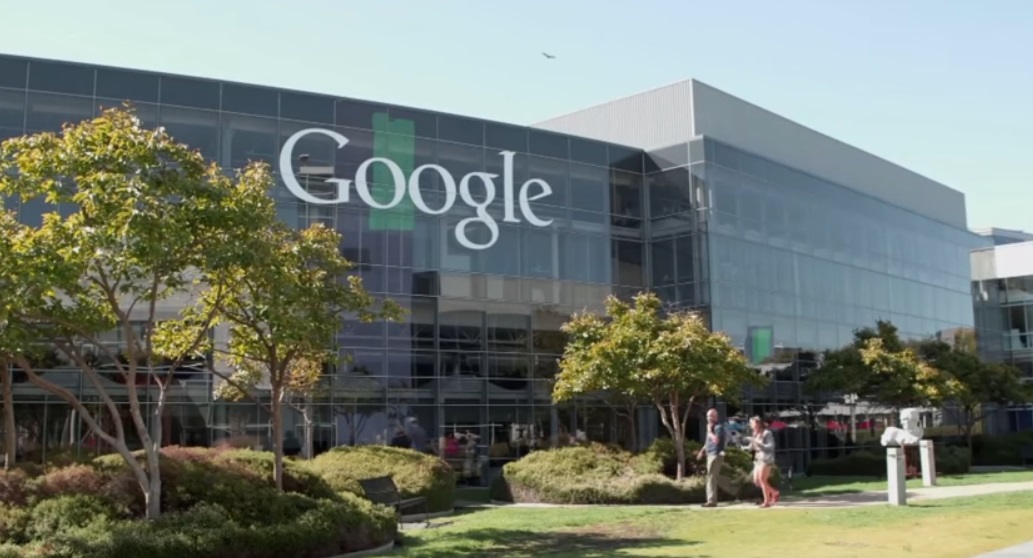
YouTube is losing advertisers as big-name companies pull ads from the site because, according to a report from The New York Times, “The automated system in which ads are bought and placed online has too often resulted in brands appearing next to offensive material on YouTube such as hate speech.”
More and more major companies are abandoning the ad services of YouTube's parent company, Google, amid concerns that ads for their brands are being placed next to extremist material. On March 22, The New York Times reported that AT&T and Johnson & Johnson “were among several companies to say Wednesday that they would stop their ads from running on YouTube and other Google properties amid concern that Google is not doing enough to prevent brands from appearing next to offensive material, like hate speech.” The decision by advertisers comes as Google has struggled in its efforts to prevent websites that peddle fake news from using its online advertising services to profit. It also comes as Google and YouTube have been criticized following a BuzzFeed News report for driving revenue for conspiracy theorists who broadcast to millions and monetize conspiracy theories like “Pizzagate,” which led to an armed confrontation in a DC-pizza shop.
Now, The New York Times reports that “the technology underpinning YouTube’s advertising business has come under intense scrutiny” as “other deep-pocketed marketers [are] announcing that they would pull their ads from the service.” According to the Times report, the problem “is particularly jarring” for YouTube specifically, because “YouTube splits advertising revenue with its users, meaning advertisers risk directly funding creators of hateful, misogynistic or terrorism-related content.” From The Times’ March 23 report:
YouTube is now one of the pillars of Google’s advertising business and the most valuable video platform on the internet. In recent years, advertisers, unable to ignore its massive audience, flocked to YouTube to reach younger people who have started to shun traditional broadcast television.
But the technology underpinning YouTube’s advertising business has come under intense scrutiny in recent days, with AT&T, Johnson & Johnson and other deep-pocketed marketers announcing that they would pull their ads from the service. Their reason: The automated system in which ads are bought and placed online has too often resulted in brands appearing next to offensive material on YouTube such as hate speech.[...]
That technology, known as programmatic advertising, allows advertisers to lay out the general parameters of what kind of person they want to reach — say, a young man under 25 — and trust that their ad will find that person, no matter where he might be on the internet. This approach plays to the strengths of tech giants like Google and Facebook, allowing advertisers to use automation and data to cheaply and efficiently reach their own audiences, funneling money through a complicated system of agencies and third-party networks.
But more than 400 hours of content are uploaded to YouTube every minute, and while Google has noted that it prevents ads from running near inappropriate material “in the vast majority of cases,” it has proved unable to totally police that amount of content in real time. And that has advertisers increasingly concerned.[...]
While brands have expressed concern about showing up next to unsavory photos and videos uploaded to digital platforms by users — like pornography on Snapchat — the situation with YouTube is particularly jarring. YouTube splits advertising revenue with its users, meaning advertisers risk directly funding creators of hateful, misogynistic or terrorism-related content.
The revenue-sharing model has minted stars, some of whom gain cultlike followings for edgy and inappropriate content. Last month, the platform cut business ties with its biggest star, Felix Kjellberg, known to his 54 million subscribers as PewDiePie, after The Wall Street Journal reported on crude anti-Semitic jokes and Nazi imagery in his comedy videos. He was part of YouTube’s premium advertising product called Google Preferred — a category of popular, “brand safe” videos on YouTube.